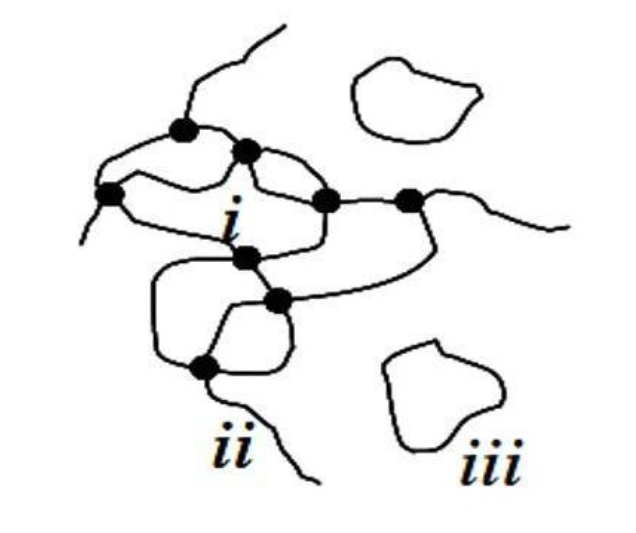Molecular Dynamics Study by Low Field NMR
Molecular Dynamics Study Background
High-performance thermosetting polymer composites form three-dimensional crosslinked networks through intermolecular reactions of the adhesive molecules, endowing the materials with excellent performance characteristics such as mechanical strength, aging resistance, and wear resistance. Therefore, studying the microcrosslinking structure of polymer materials can provide in-depth understanding of the relationship between material structure and performance, guiding further improvement of their overall properties.
Low-field magnetic resonance devices have wide applications in the field of polymer materials. They primarily detect the crosslinking density and relaxation time of materials, analyze and study processes such as vulcanization, aging, and modification, as well as changes during water immersion and drying, and conduct research on material crystallization and molecular dynamics. They serve as effective means for studying material properties and quality control.
Molecular Dynamics Study by Low Field NMR Basic Principle
The main target of low-field NMR is the hydrogen nuclei (1H) because the surrounding environment of H nuclei on different segments of the polymer chain is not consistent, leading to variations in the spin magnetic moments (nuclear spins) of H nuclei. After applying a radiofrequency pulse, the spin system exhibits different relaxation behaviors during the process of returning to thermal equilibrium. By analyzing the differences in relaxation times, valuable molecular dynamics information of the polymer system can be obtained. This molecular dynamics information is directly related to the crosslink density, aging, and fillers of the polymer.
The dipole-dipole interaction between intra- and intermolecular hydrogen protons generates the transverse relaxation in nuclear magnetic resonance (NMR). When the temperature is significantly higher than the glass transition temperature of the polymer, this dipole interaction in the polymer network is considered to be an average of thermal molecular motion. As the hydrogen protons within the polymer chains are used as probes for NMR measurements, a modified single-chain model is introduced to explain the transverse relaxation of polymers. This model takes into account the dynamics and interactions of the hydrogen protons within a single polymer chain.
Molecular Dynamics – Polymer entanglement
Polymer entanglement is one of the important characteristics of high-molecular-weight polymers, and it determines many physical properties of the polymer, such as viscosity and rheology. Therefore, the phenomenon of polymer entanglement has received considerable attention. According to recent research results, polymer chain entanglement can be classified into two categories: topological entanglement and cohesive entanglement. However, the mechanisms of entanglement between chains are not yet fully understood.
Qualitatively, the degree of entanglement in a solution is influenced by factors such as polymer molecular weight, solution concentration, and temperature. Entanglement directly affects the molecular motion of polymers, making NMR relaxation imaging, which is an effective means of studying polymer dynamics, also suitable for investigating polymer entanglement.
In summary, entanglement plays a crucial role in determining the physical properties of polymers, and NMR relaxation imaging can be used to study and understand the entanglement phenomena in polymer systems.
NIUMAG VTMR20-010V-I integrates various relaxation time testing and magnetic resonance imaging technology, combined with the variable temperature module, it can provide a wide range of solutions, which can carry out non-destructive rapid analysis of samples such as solutions, gels, solids, particles.
 NIUMAG
NIUMAG



